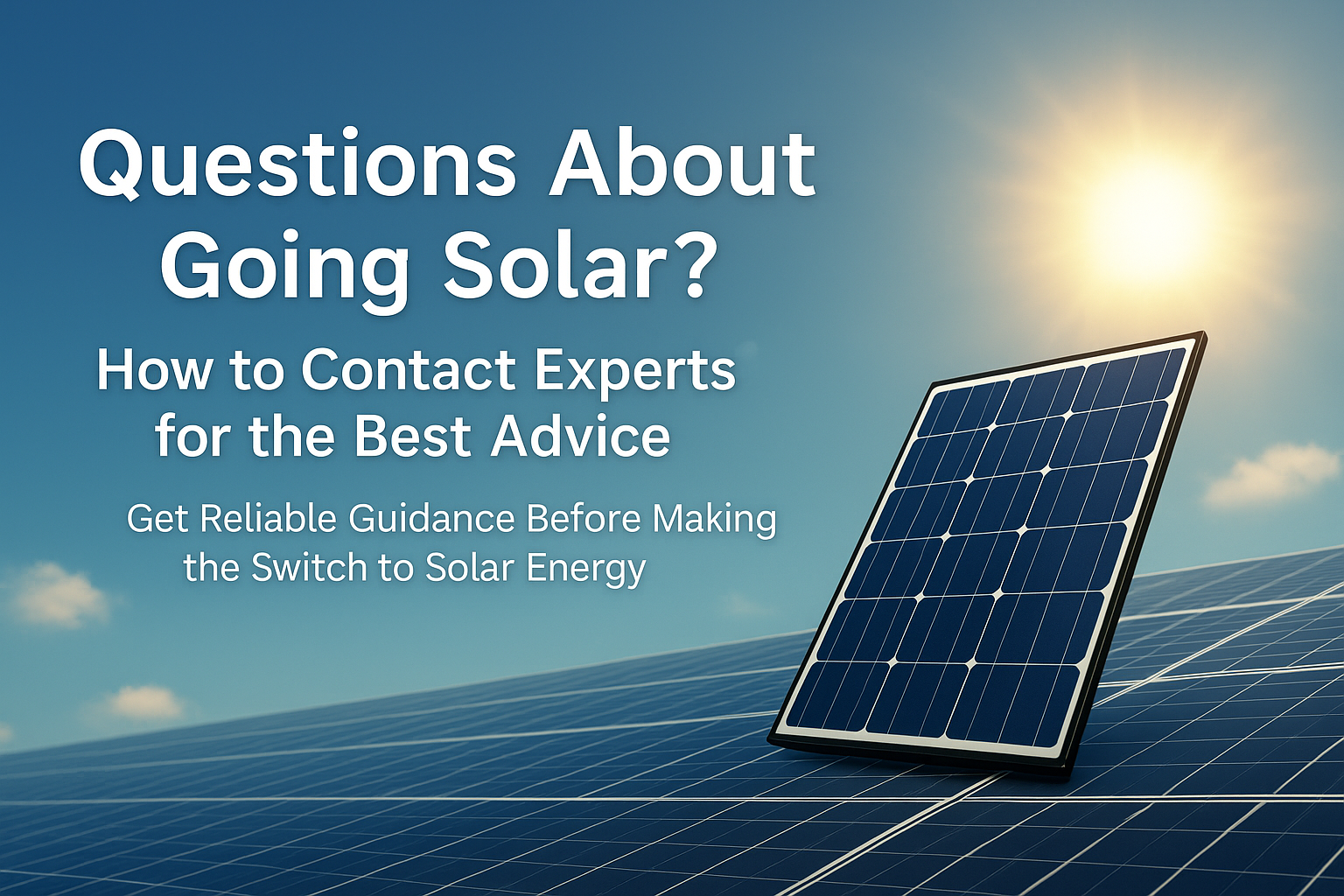Embarking on the journey to solar energy can feel like navigating a dense forest. You’re excited by the prospect of lower bills, energy independence, and a greener footprint, but the path ahead can seem daunting. Questions pile up: How do solar panels work? What’s the installation process like? How much will it truly save me? And perhaps most importantly, who can I trust for the best, most accurate advice?
This comprehensive guide is designed to be your compass. We’ll cut through the noise, demystify the solar process, and provide you with actionable insights on how to connect with genuine solar experts. Because when it comes to making such a significant investment, relying on seasoned professionals isn’t just a preference—it’s a necessity.
At BRKT Solar, we’ve been leading the charge in sustainable energy since 2010, empowering over 1000 homes and businesses with clean power. Our mission is to ensure your transition to solar is seamless, informed, and ultimately, rewarding. Let’s delve into the crucial questions you should be asking and how to find the answers you need.
The Solar Landscape: Understanding Your Options
Before you even think about reaching out to an expert, a basic understanding of the solar landscape will empower you to ask more informed questions. The world of solar energy isn’t one-size-fits-all; it’s a dynamic ecosystem with various technologies and applications.
Key Solar Technologies to Consider
When you hear “solar energy,” you likely picture photovoltaic (PV) panels. While PV is the most common, it’s not the only player. Here’s a brief overview:
- Photovoltaic (PV) Systems: These are the workhorses of solar energy, converting sunlight directly into electricity using semiconductor materials. They’re ideal for powering homes, businesses, and even utility-scale projects.
- Battery Storage Solutions: Complementary to PV, batteries store excess electricity generated during the day for use at night or during power outages. This significantly boosts energy independence.
- Heat Recovery Ventilation (HRV) Systems: While not strictly solar, HRVs are often integrated into energy-efficient homes to recover heat from outgoing air, reducing heating and cooling loads, and thus indirectly benefiting from solar-generated electricity.
- EV Charging Infrastructure: With the rise of electric vehicles, integrating EV charging points with solar systems allows you to power your car directly from clean, renewable energy.
Understanding these options will help you articulate your needs more clearly to a solar professional. Are you looking for complete energy independence, or simply to offset your electricity bills? Do you have an electric vehicle? These details matter.
Why Expert Consultation is Non-Negotiable for Your Solar Project
The internet is a vast repository of information, but when it comes to a complex investment like solar, generic advice simply won’t cut it. Here’s why expert consultation is absolutely essential:
Tailored Solutions, Not cookie-Cutter Approaches
Every home and business is unique. Factors like roof orientation, shading, energy consumption patterns, and local regulations profoundly impact the optimal solar system design. A true expert will conduct a thorough site assessment and design a system that’s precisely tailored to your specific needs. This isn’t just about panel count; it’s about maximizing efficiency and return on investment.
Navigating the Financial Labyrinth: Incentives and ROI
The financial aspect of going solar can be bewildering. There are federal tax credits, state incentives, local rebates, and various financing options (loans, leases, power purchase agreements). A reputable solar expert will not only explain these to you but also help you navigate the application process, ensuring you maximize every available financial benefit. They’ll also provide a clear, realistic projection of your return on investment (ROI) and payback period.
Comparative Analysis: DIY vs. Expert Installation
While the allure of a DIY solar project might be tempting for some, a comparative analysis quickly reveals the limitations and risks:
| Feature | DIY Solar Installation | Professional Solar Installation (e.g., BRKT Solar) |
|---|---|---|
| System Design | Generic, often inefficient. Risk of oversizing/undersizing. | Custom-engineered for optimal performance and aesthetics. |
| Permitting & Regulations | Complex, time-consuming, high risk of non-compliance. | Handled entirely by the professional team. |
| Safety | Significant risks of electrical hazards, falls, and equipment damage. | Adherence to strict safety protocols, experienced installers. |
| Equipment Sourcing | Limited access to wholesale pricing, potential for lower quality. | Access to top-tier, warrantied equipment at competitive prices. |
| Warranty & Support | Typically none for labor; equipment warranties may be voided. | Comprehensive warranties on equipment and workmanship; ongoing O&M support. |
| Performance & ROI | Often suboptimal, lower energy |



